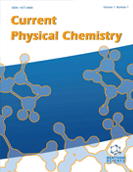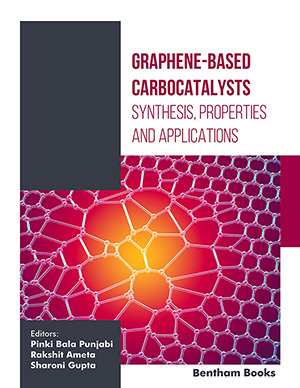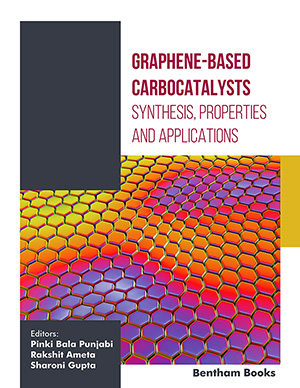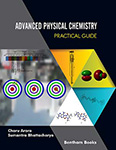Abstract
Gold nanorods absorb and scatter light strongly in the near-infrared portion of the electromagnetic spectrum, making them ideal tissue contrast agents for imaging techniques such as optical coherence tomography (OCT). Strong interactions occur at the nano-bio interface, such as proteins binding to gold nanorods forming a ‘corona.’ To fulfill the promise of nanorods for applications such as contrast agents, we must better understand the intrinsic interactions of these nanomaterials with biological systems at the molecular, cellular and tissue level. In this paper, we briefly review the nanorod-protein interface. We then present some new fast relaxation imaging (FReI) measurements of how the presence of strongly-absorbing gold nanorods affects protein binding and folding, taking into account inner filter effects and the strong quenching effect of nanorods on fluorescent-labeled proteins. Next we show that two-photon photoluminescence of the gold nanorods can be used to image the nanorods in tissue constructs, allowing us to independently study their tissue distribution so they can be used successfully as contrast agents in optical coherence microscopy.
Keywords: Fluorescence spectroscopy, Nanoparticle, Protein folding, Tissue engineering, Two photon microscopy, Green fluorescent protein, Optical coherence tomography, Nanorod, Temperature jump, Fast relaxation imaging, Kinetics.
















